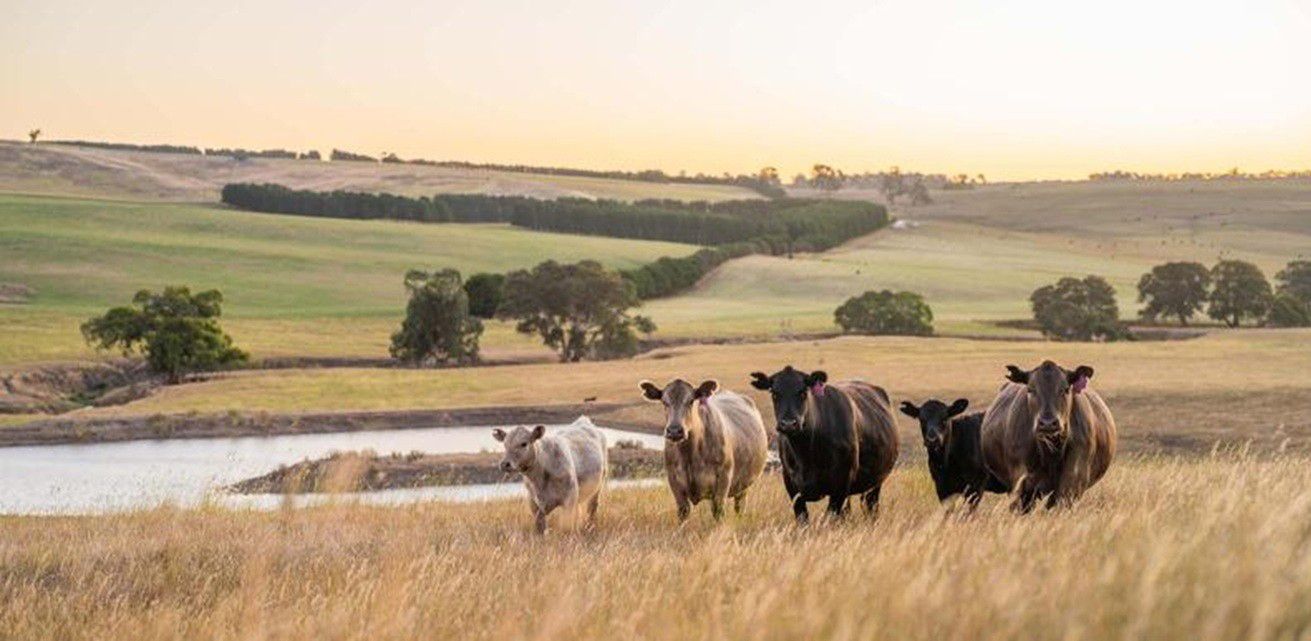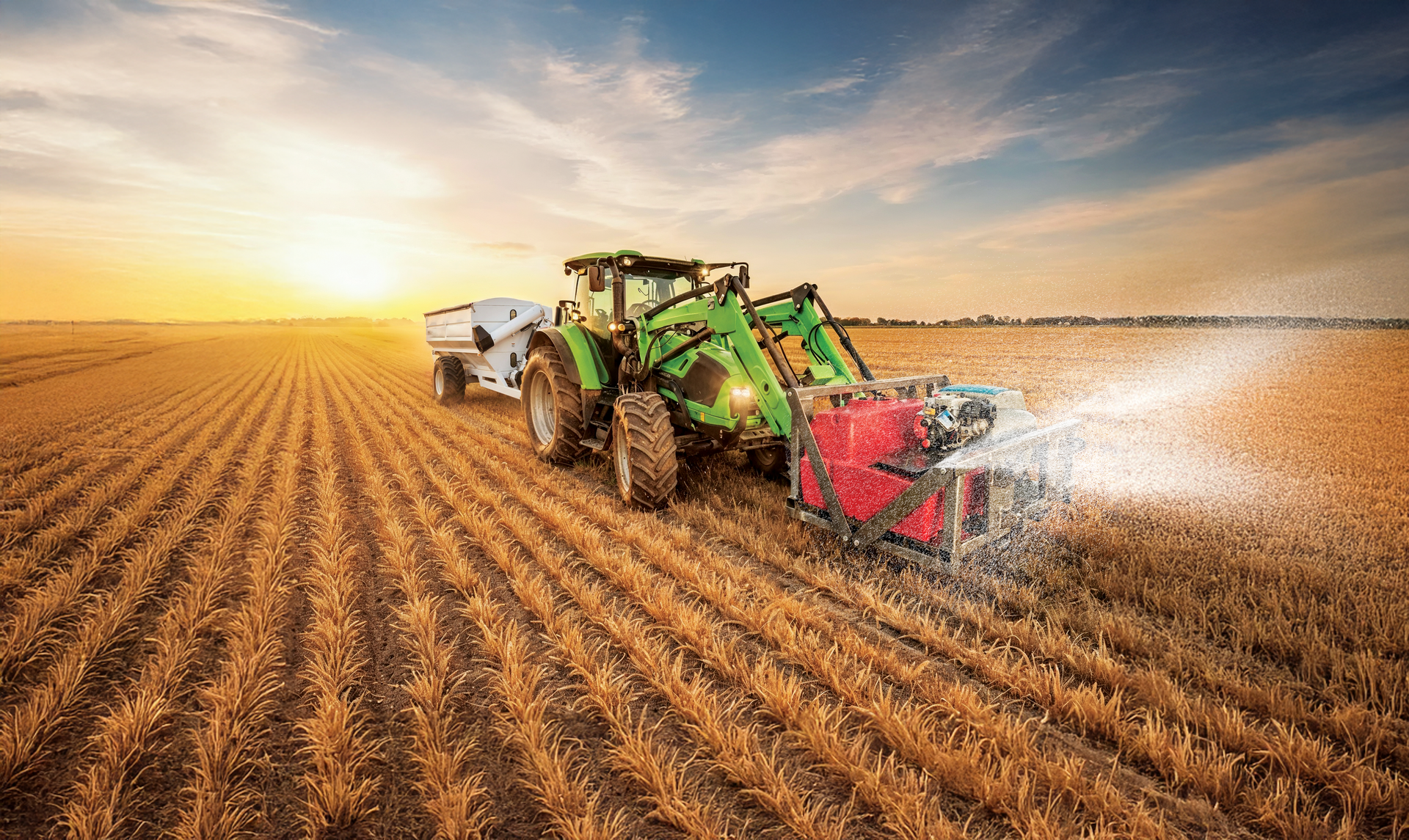1MG FlippingBooks
Northern Australia supply chains under microscope
Northern Australia’s agricultural supply chains and freight networks will be examined under a new project, in an effort develop more efficient models.
Under the CRC for Developing Northern Australia (CRCNA) , the ‘Reframing Northern Australia Supply Chains Study’ is being led by James Cook University’s Cairns Institute and Charles Darwin University (CDU)’s Northern Institute.By considering how goods are currently moved across northern Australia, it aims to improve the efficiency of existing supply chains and enhance the region’s competitiveness, prosperity, productivity and sustainability.
“We all know we can grow high-value agricultural crops in the north, and that we can rear quality cattle and that our seafood is some of the best in the world, but unless we can get our products to market in a consistent, cost-effective and timely way, we will continue to give away our competitive advantage, stifling development and growth,” CRCNA Chair Sheriden Morris says.
The project will also identify the policy and budgetary directions required to support effective supply chains, establish potential partnerships to implement supply chain initiatives and add value to supply chain thinking and analysis more broadly.
Key stakeholders from Queensland, the Northern Territory and Western Australia will be gathered to help develop a comprehensive roadmap for future planning and investment. Round table sessions will be held in early 2020 to form a community of best practice.
“Our integrated approach will deliver a framework to support longer-term collaborative planning and implementation of supply chain initiatives into the future, across agencies, across industries and across jurisdictional governments,” says CDU Associate Professor Pascal Tremblay.
This new initiative will compliment and support other CRCNA-funded supply chain projects, including the recently completed North Queensland Agricultural Market and Supply Chain Study.
The final report is expected by mid-2020.

















